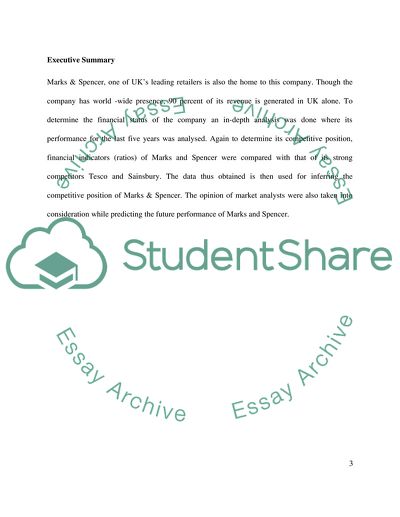Cite this document
(“Business Accounting: Marks & Spencer Case Study”, n.d.)
Business Accounting: Marks & Spencer Case Study. Retrieved from https://studentshare.org/finance-accounting/1733973-business-accounting-assignment
Business Accounting: Marks & Spencer Case Study. Retrieved from https://studentshare.org/finance-accounting/1733973-business-accounting-assignment
(Business Accounting: Marks & Spencer Case Study)
Business Accounting: Marks & Spencer Case Study. https://studentshare.org/finance-accounting/1733973-business-accounting-assignment.
Business Accounting: Marks & Spencer Case Study. https://studentshare.org/finance-accounting/1733973-business-accounting-assignment.
“Business Accounting: Marks & Spencer Case Study”, n.d. https://studentshare.org/finance-accounting/1733973-business-accounting-assignment.


